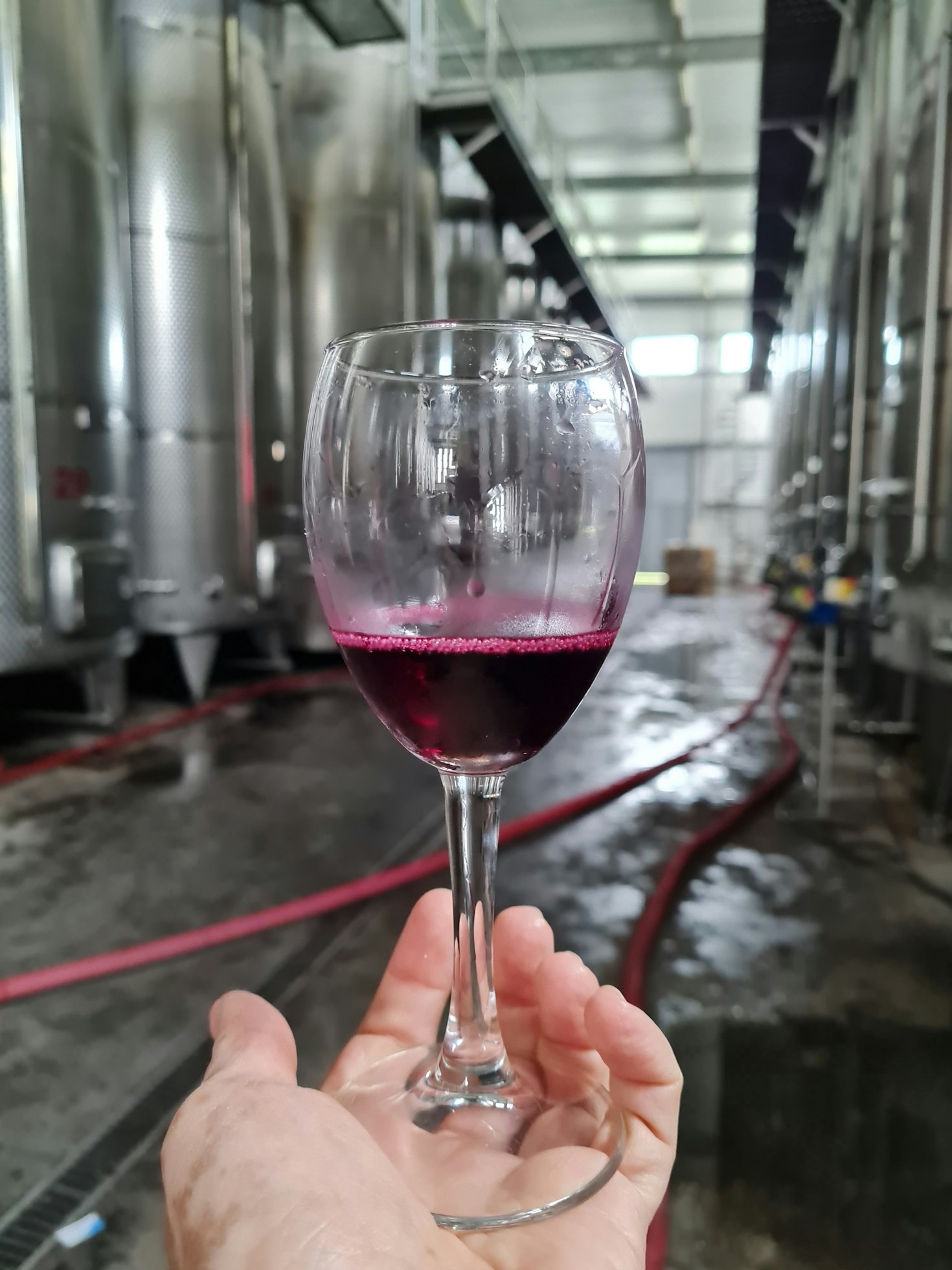Wine tasting isn’t just for sommeliers swirling glasses in candlelit cellars—it’s an experience anyone can enjoy.
Whether you’re visiting a vineyard, hosting a tasting at home, or simply looking to better appreciate what’s in your glass, learning a few basics can transform wine from just another beverage into a sensory adventure.
Here’s your beginner-friendly guide to the art of wine tasting.
1. Start with the Senses
Wine tasting engages all your senses—sight, smell, taste, and even sound (those satisfying cork pops and clinks). Begin by slowing down and observing your wine before diving in.
Look:
Tilt your glass against a white background and examine the color. A young red might appear purple and vibrant, while an older one leans brick-red. Whites range from pale straw to golden hues. The color tells you about the wine’s age, grape, and even climate.
Swirl:
Give your wine a gentle swirl. This releases aromatic compounds and also lets you observe the “legs” or “tears” that form on the glass, which hint at alcohol and sugar content.
2. Smell Before You Sip
Your nose is your best wine-tasting tool. Take a deep sniff and try to identify what you smell. Is it fruity? Floral? Earthy? Spicy? Wines can hold hundreds of aroma compounds, from citrus and berries to tobacco and leather.
Tip: Don’t stress if you can’t pinpoint exact notes—just notice what stands out. With time, you’ll recognize more.
3. Sip Like a Pro
Take a small sip and let the wine coat your mouth. Notice the balance of:
- Sweetness – Is it dry or slightly sweet?
- Acidity – Does it feel crisp and refreshing?
- Tannins – These are the drying sensations mostly in red wines.
- Body – Think of body as the “weight” of the wine: light (like skim milk) or full-bodied (like whole milk).
- Finish – How long do the flavors linger after swallowing?
Try to identify how the flavors compare to what you smelled. Some wines surprise you with completely different flavor profiles!
4. Pair with Purpose
Food can dramatically enhance or dull a wine’s flavor. As a rule of thumb:
- High-acid wines (like Sauvignon Blanc or Pinot Noir) pair well with salty or fatty dishes.
- Tannic reds (like Cabernet Sauvignon) love protein-rich meats.
- Sweet wines balance spicy food beautifully.
But the most important rule? Drink what you like with what you like.
5. Take Notes and Explore
Write down what you liked (or didn’t) about each wine. Over time, patterns will emerge—maybe you favor bold reds, crisp whites, or bubbly rosés. Don’t be afraid to try new regions, grapes, or vintages. Wine is about discovery.
6. Have Fun with It
Wine tasting shouldn’t feel intimidating. It’s about curiosity, conversation, and enjoyment. Whether you’re sipping solo, clinking glasses with friends, or visiting a vineyard with kids in tow, keep the focus on fun, not perfection.
In Vino Veritas… and Variety!
There’s a world of wines out there, and every bottle has a story. The more you taste, the more you’ll learn—not just about wine, but about your own preferences and palate. So pour a glass, slow down, and savor the experience. Cheers to your tasting journey!


Leave a Reply